

How much traction do you need to win over investors in a seed round?
10th January 2022
The answer to that question is simple and straightforward, and it’s not the answer that a lot of founders expect. This is because investors have a unique mindset, and the term ‘traction’ can mean different things to an investor than it does it for a founder.
When founders hear the word ‘traction,’ they think ‘customers’. This way of thinking can put a lot of unnecessary weight on a start-up founder’s shoulders. Of course, if you can go to an early or pre-seed round and show an investor that your product or service is already generating consistent and growing revenue, that’s always preferred. However, growing customers and generating revenue is easier said than done if you’re an investable entrepreneur whose business is just beginning.
Related: My Investment Campaign Isn’t Working–What Am I Doing Wrong?
Fortunately, ‘traction’ doesn’t have to mean paying customers as far as investors are concerned.
Understanding traction
When you’re looking for investment, it’s much more helpful to think of traction as ‘validation.’ Think: What kinds of validation can you show an early stage investor to prove your idea is worth investing in?
The short answer is that you should show as many kinds of validation as you can!
Anything you can show as proof and evidence that your product is something your industry needs and your customer’s demand is considered validation. And when you can give an investor that ‘validation reassurance’, it will go a long way towards convincing them you’re the right horse to back.
What counts as validation?
There are many different avenues you could explore.
1. Surveys
You could do a survey, but that will only work if you conduct the survey correctly. When conducting surveys, you’ll need to ask your audience more than the usual, “Will you buy our product or service when it’s available?” question (although that’s still an essential question to ask.) In fact, you should also include enough questions to identify your audience’s pain points, what solutions they’ve tried so far and why they’ve failed, and what they see as the gap in the market your product addresses.
Also, don’t limit your survey to a handful of people. No investor will be convinced if they suspect you’ve just done a trawl of your local coffee shop. Find as many people in your target market as you can to answer your survey—a few hundred if possible—and, if their responses are what you’re hoping for, that should set you on the path to securing the investment.
2. Focus Groups
You could put together a focus group of industry experts and potential customers. From this, you could develop the product that will be most suitable for your market or fine-tune the product you already have.
When you go into the seed or pre-seed investment round, ensure you’ve got the research, evidence, and recordings from that focus group to show your potential investors. The other plus side to this is it shows an investor that you’re not someone who battens down the hatches and works in a vacuum. You’re open to collaboration, and you’re flexible enough to make changes if needed.
3. A/B Split Testing
A/B Split testing (sometimes called ‘bucket testing’) is another avenue that’s well worth exploring. Many founders whose products aren’t ready to be launched yet don’t even think about this route because, well, they ask us, “How can you market something that doesn’t exist yet?”
The fact is, you can. There is no harm in marketing your product before it’s ready, so long as you cover your tracks carefully and your potential customer base doesn’t suspect you’re just using them as guinea pigs.
A/B Split Testing is also a terrific low-cost way to secure the type of validation your investors will want to see.
How can you do it?
- Set up a basic landing page for your product and write the copy as if your product already exists.
- Put a button on the page that tells the viewer to ‘Sign up today’.
- Promote the landing page to your network on your social media platforms
- Use a modest ad budget for Google or Facebook Ads to give your test a wider reach
- When your reader clicks on the ‘Sign up today’ link, direct them to a second page you’ve created that tells them (something like) ‘Unfortunately, our product isn’t available in your area right now, but sign up to our mailing list, and we’ll let you know when it’s available.’
Testing your audience in this way does three crucial things:
- You’ll start building a list of people who want your product, and you can market directly to them when the product’s ready.
- Using analytics tools, you’ll see the number of clicks your ads receive and get an immediate idea of how in-demand your product will be.
- If you set up conversion tracking, you’ll also get a clearer picture of your target audience and how many of each profile were ready to sign up and be converted.
These are the kind of facts and figures that will lower the guard of even the most sceptical first-round investor. They’ll also give you some incredible data that can inform your strategy and financial projections.
4. Industry Experts
Get feedback and quotes from industry experts who are willing to lend their credibility to what you’re trying to achieve. The chances are, they’ll also be flattered that you’re asking their opinion, which means you’ll also have valuable allies and expert word of mouth on your side when your product or service is eventually ready to go.
5. Industry research
You don’t have to create all your research in-house. While primary research is always preferable, you can also support this with any relevant, compelling data and analysis produced by a third-party that supports the validity and potential of your offering is invaluable validation too. Third-party research gathered from professional journals, industry publications, white papers, and academic institutions can help bolster your case.
The bottom line
Before you go into the seed round, have as much validation as possible to convince investors your product or service is worth getting behind. Have a whole suite of proof points ready to show them—focus group research, expert insights, third-party research from professional journals and industry publications, and the results of your A/B Split Testing. When an investor sees all this proof bundled together in the right way, they’ll recognise how valuable the opportunity you’re offering them is, and they’ll want to get on board quickly for fear of missing out.
That’s what traction is; that’s why you need it, and that’s how you can get it.
Find out everything you need to become an Investable Entrepreneur by picking up a free copy of Robot Mascot COO James Church’s book here.
UP NEXT:
Are Angel Investors the Right People to Approach for Funding for My Start-Up?
Beyond the Pitch: Giving Your Potential Investors Even More Reason to Believe In You
How to Write Compelling Pitch Deck Content That Engages Investors
Learn how to convince investors
Investable Entrepreneur takes you through our winning methodology – the process we use to increase our client’s chances of raising investment by more than 30x.
“This book will help you translate your entrepreneurial vision into something investors can get behind.”
Daniel Priestley, CEO and founder, Dent Global and four times best-selling business author
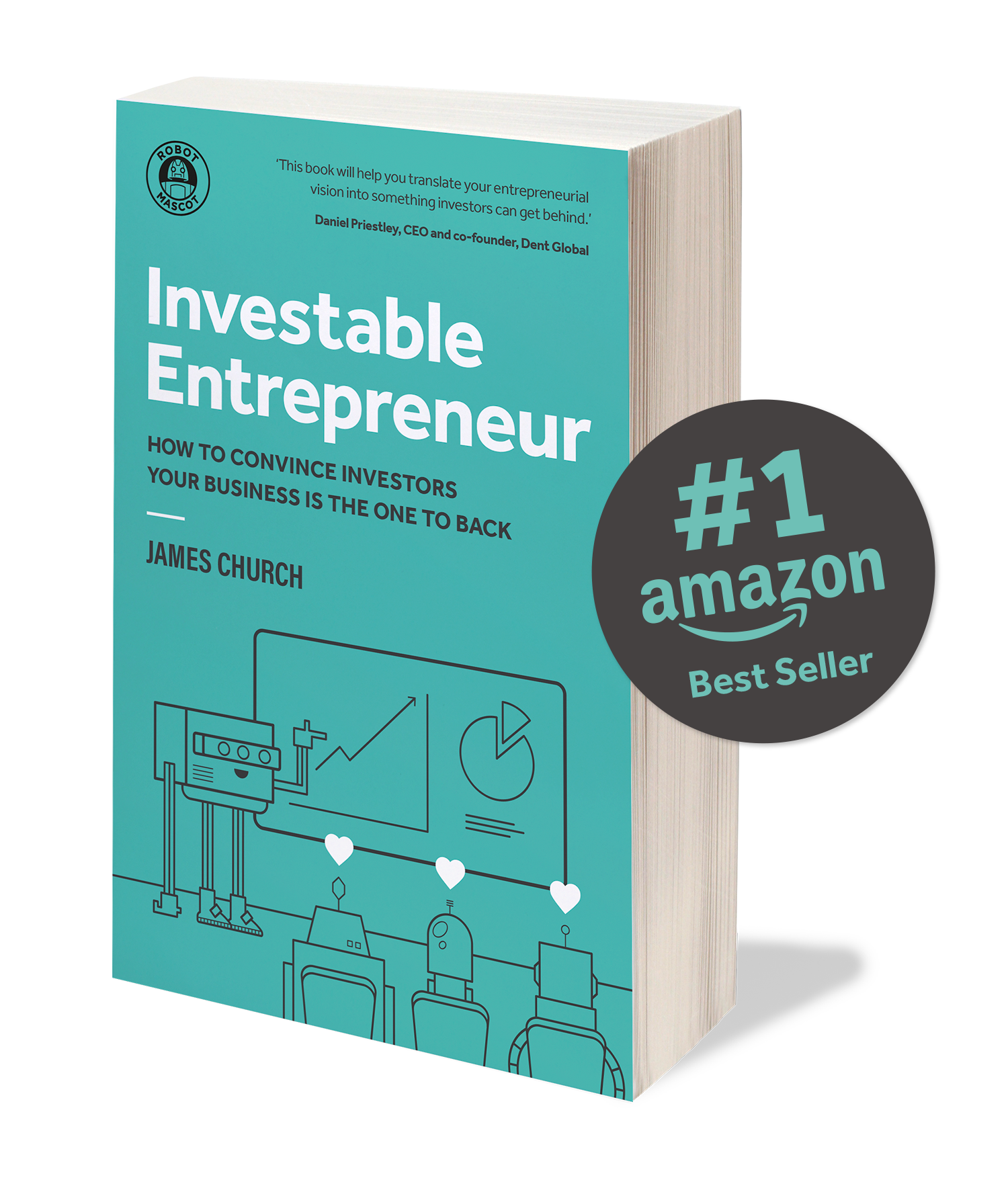
Keep up to date with what we’re up to via email
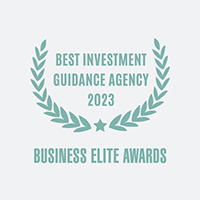

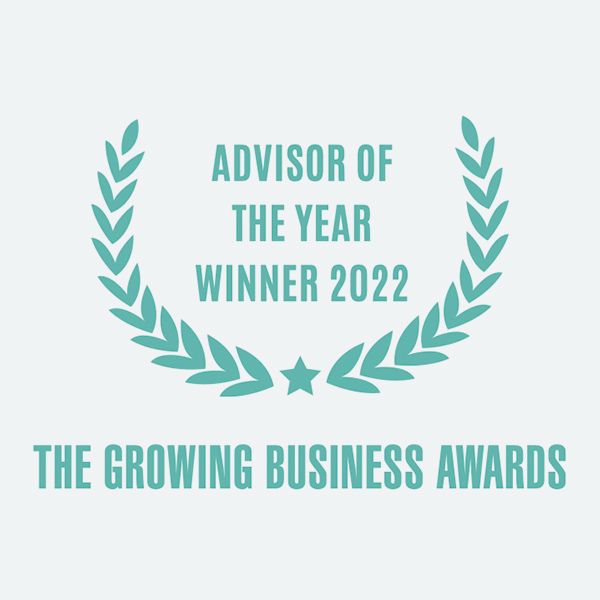
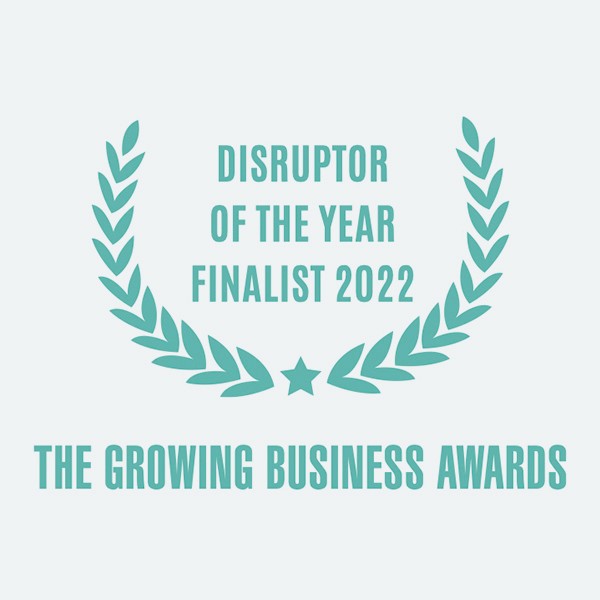
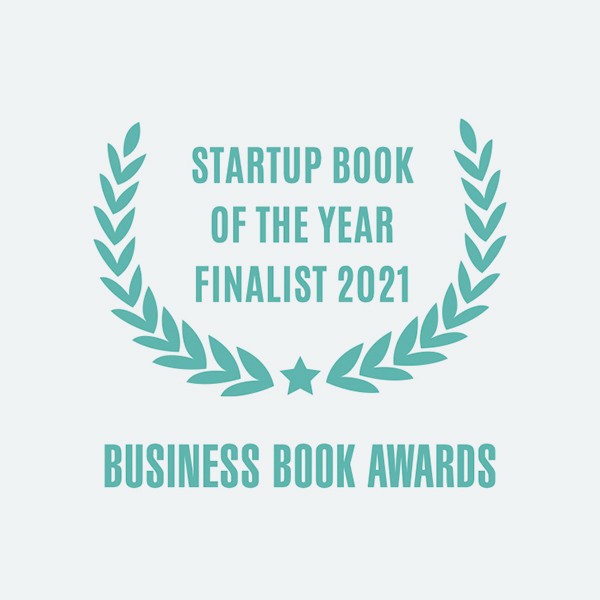

Copyright ©Robot Mascot Ltd. All rights reserved.





